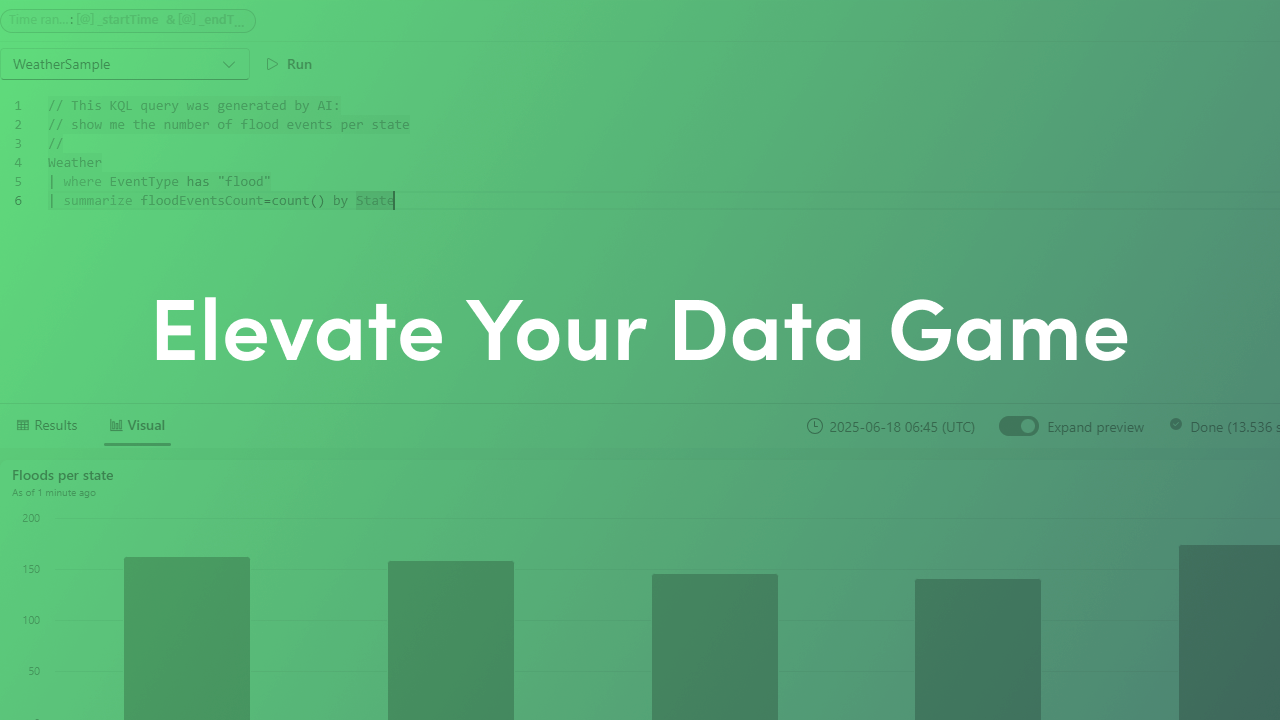
As organizations demand ever‑faster insights, Microsoft Fabric’s June 2025 release delivers a powerful suite of enhancements across analytics, engineering, and real‑time intelligence. From modular notebooks and drag‑and‑drop data pipelines to unified streaming and a decade of Power BI innovation, these updates help you turn raw data into actionable—and collaborative—intelligence.
Tired of hard‑coded paths and scattered environment settings? The new Variable Libraries (Preview) let you centralize connection strings, lakehouse names, and API keys in a single location. Reference those variables in your Spark or SQL cells, then switch between “dev,” “test,” and “prod” with a dropdown—no code changes required. This modular approach slashes setup time, ensures consistency across teams, and accelerates collaboration .
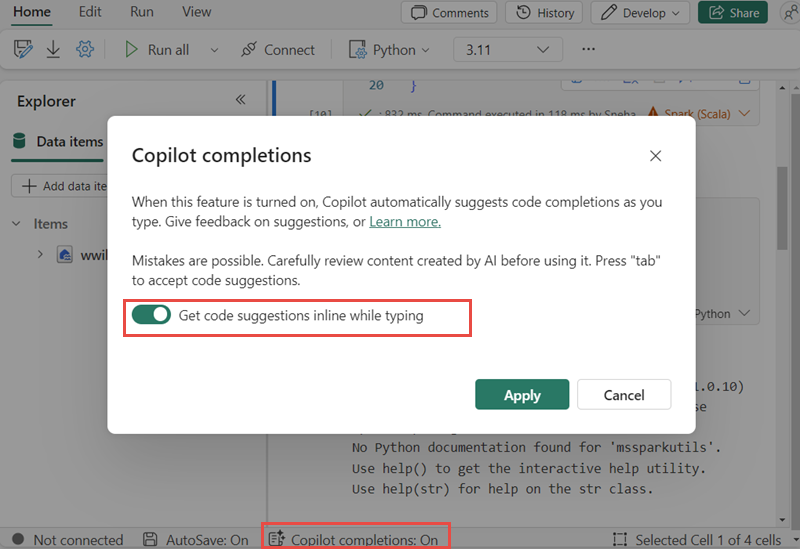
Gone are the days of hand‑crafting JSON pipelines. Copy Job (now generally available) offers an intuitive, drag‑and‑drop interface for moving data at scale. Select your source—be it database views, sample datasets, or the latest SaaS connectors—choose incremental or full refresh, and let Fabric handle the rest. Within minutes, you’ll have robust, production‑ready data flows without writing a single line of code .
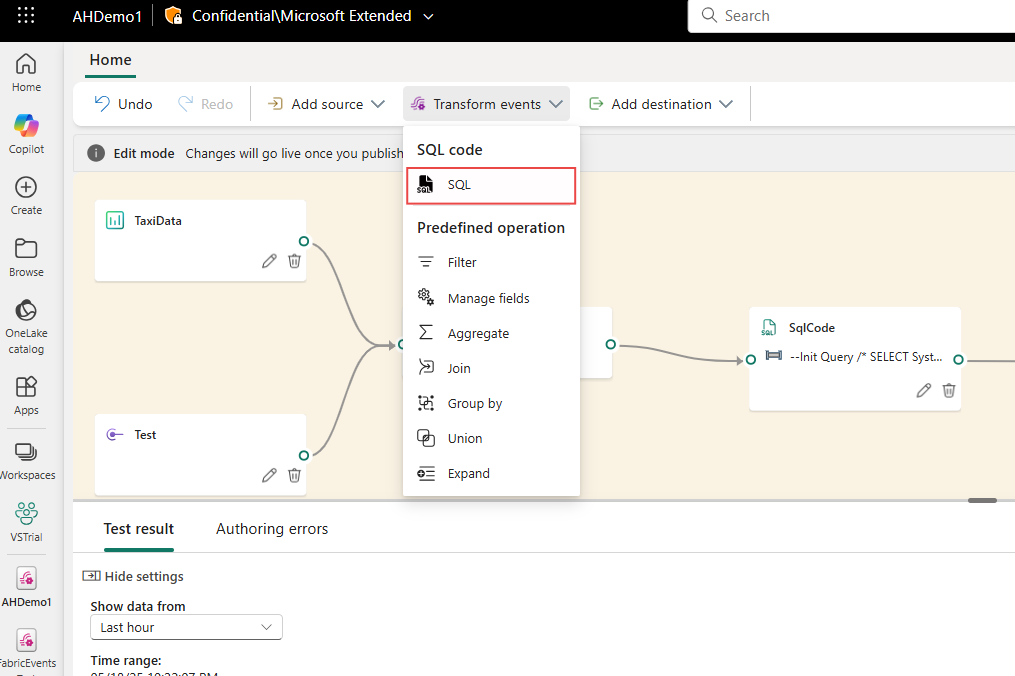
Real‑time analytics just got smarter. With multi‑schema support in Eventstream operators, you can ingest heterogeneous event types—IoT telemetry, clickstreams, custom JSON—into a single pipeline. Query across schemas using familiar T‑SQL and build unified dashboards without additional ETL. The result? Flexible, real‑time applications that adapt as your data evolves .
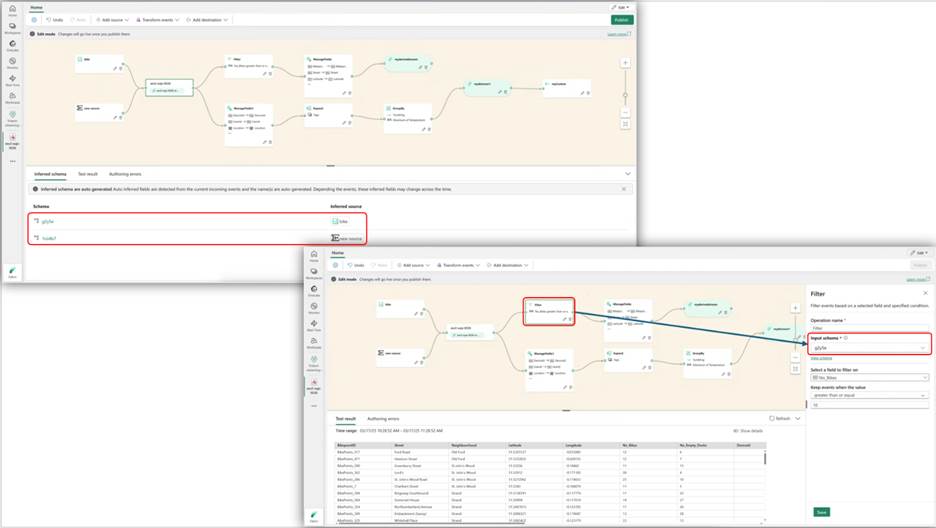
June 2025 also marks a decade of Power BI turning data into decisions. Microsoft is celebrating with live PL‑300 and DP‑600 exam‑prep sessions, a global #PBI10 dataviz contest, and 50% off certification vouchers through August 31. It’s the perfect time to deepen your analytics skills and join a vibrant community of data pros .
Fabric Notebooks now include version history (GA), complete with automatic and manual checkpoints, change tracking, and side‑by‑side diff views. T‑SQL notebooks graduate to general availability as well, featuring a Recent Runs panel and an integrated query history, so your analyses and code live together seamlessly.

Capacity administrators can create custom Spark pools for Data Engineering and Data Science workloads, ensuring each team has the resources it needs. Meanwhile, Automated Table Statistics in Apache Spark keep query performance humming by maintaining up-to-date statistics without any manual work.
Python notebook users can now utilize a preview T-SQL magic command to embed Fabric Data Warehouse queries directly in their code, and a set of AI functions for data engineering has entered preview to bring programmable intelligence into pipelines. The new Fabric CLI (fab) supports scripting and automation, and the Fabric VS Code extension adds item creation and tenant‑switching capabilities for a frictionless workflow.
Secure Data Streaming with Managed Private Endpoints for Eventstream reaches GA, enabling private‑network ingestion behind your firewall. Model Context Protocol (MCP) support (preview) allows AI agents to interact with live streams, while Eventhouse’s no‑code table creation and the SQL Operator (preview) furnish powerful no‑code and pro‑code tools for shaping real‑time pipelines.
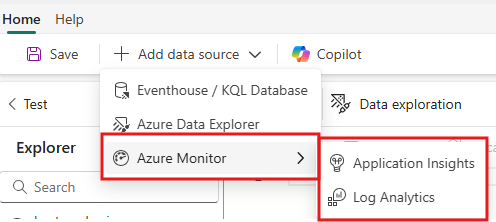
Customer-managed keys for Fabric workspaces (preview) enable you to encrypt OneLake data using your keys. Beginning July 27, workspace identities will no longer receive Contributor access by default, thereby tightening access controls. Surge Protection for background operations (GA) prevents resource contention, a unified item creation experience streamlines artifact management, and updated Purview DLP policy guidance helps keep your data governance aligned with compliance requirements.
With these June 2025 updates, Microsoft Fabric isn’t just evolving—it’s accelerating how organizations turn data into impact. Dive in today and elevate your data strategy.
Join Our Mailing List